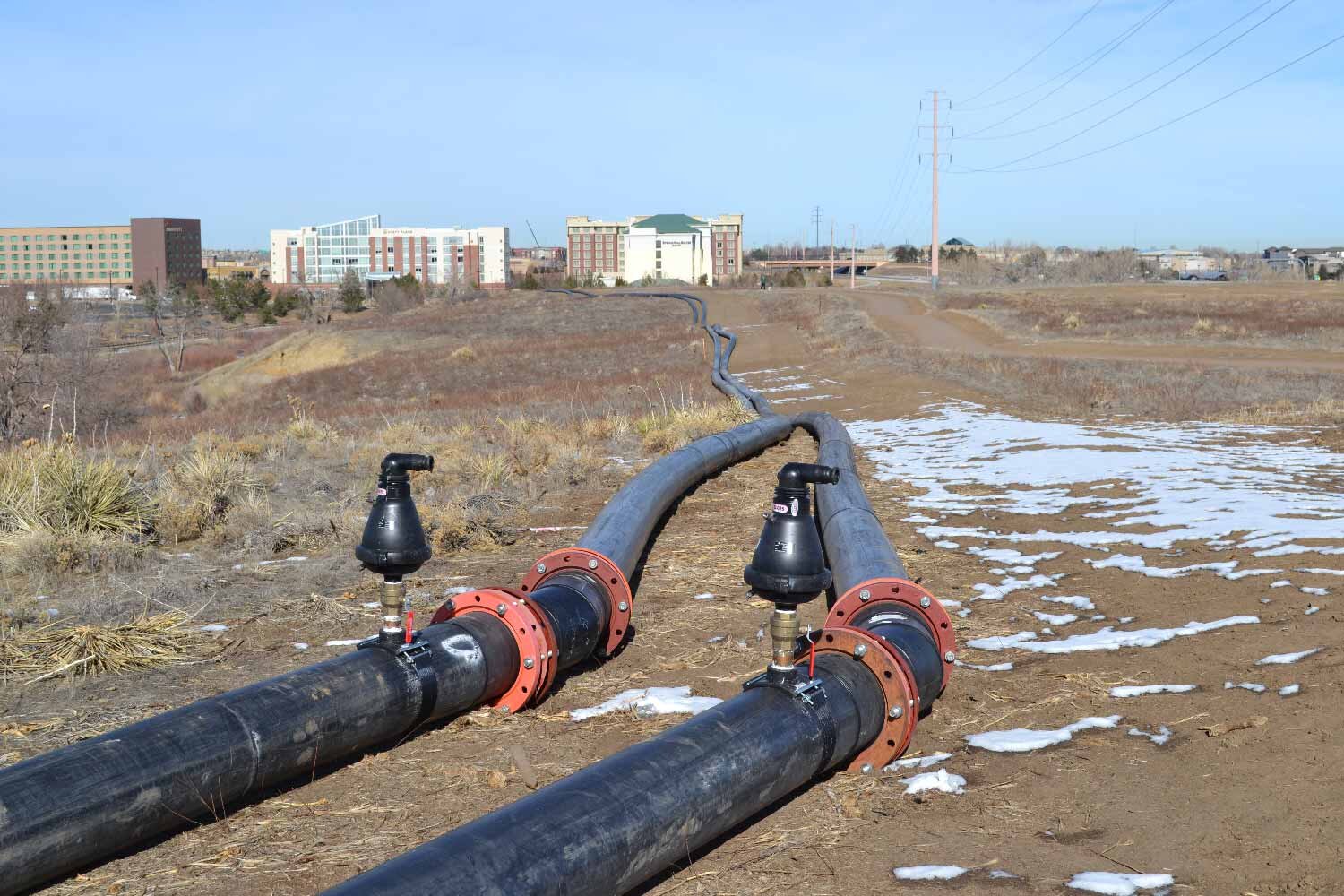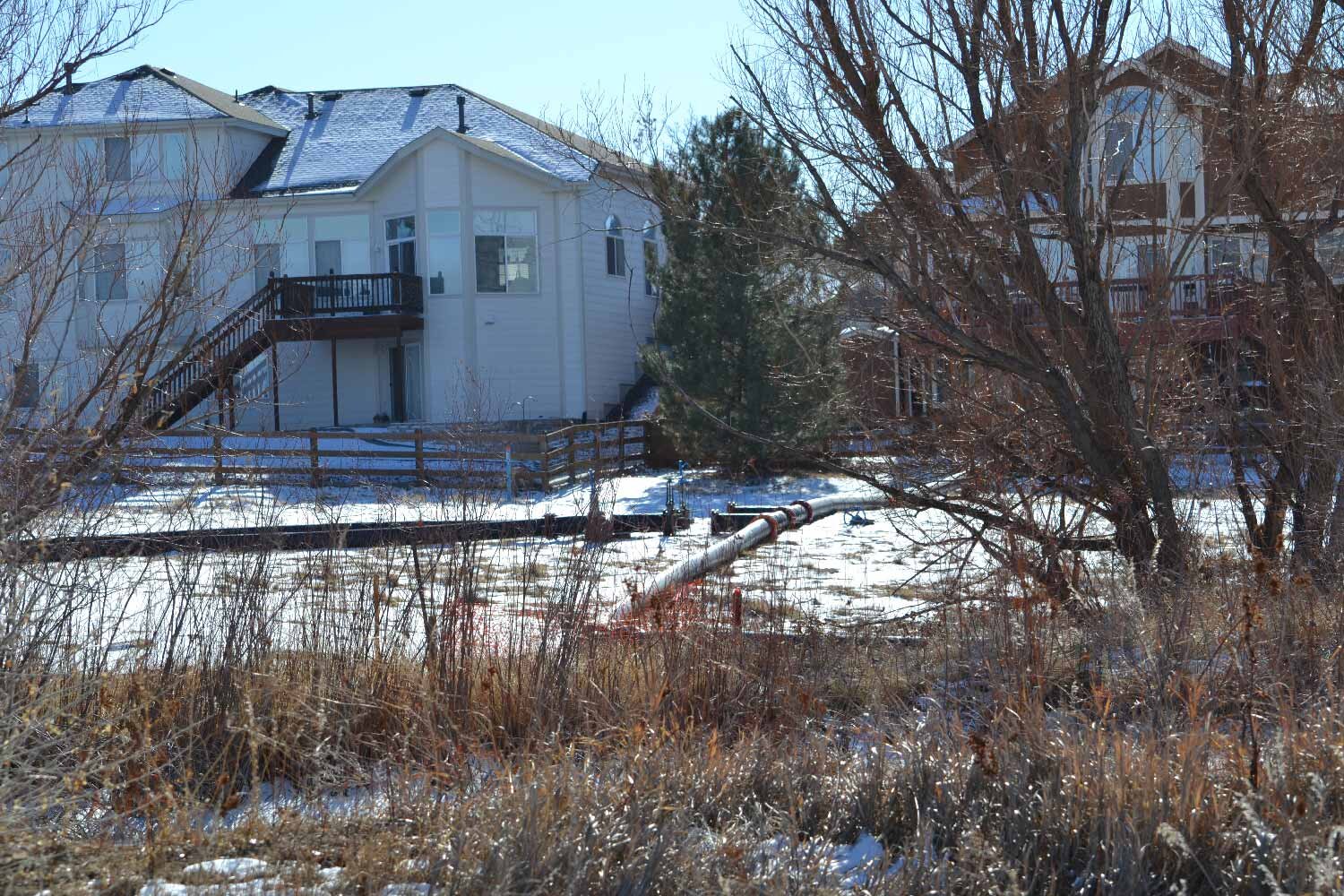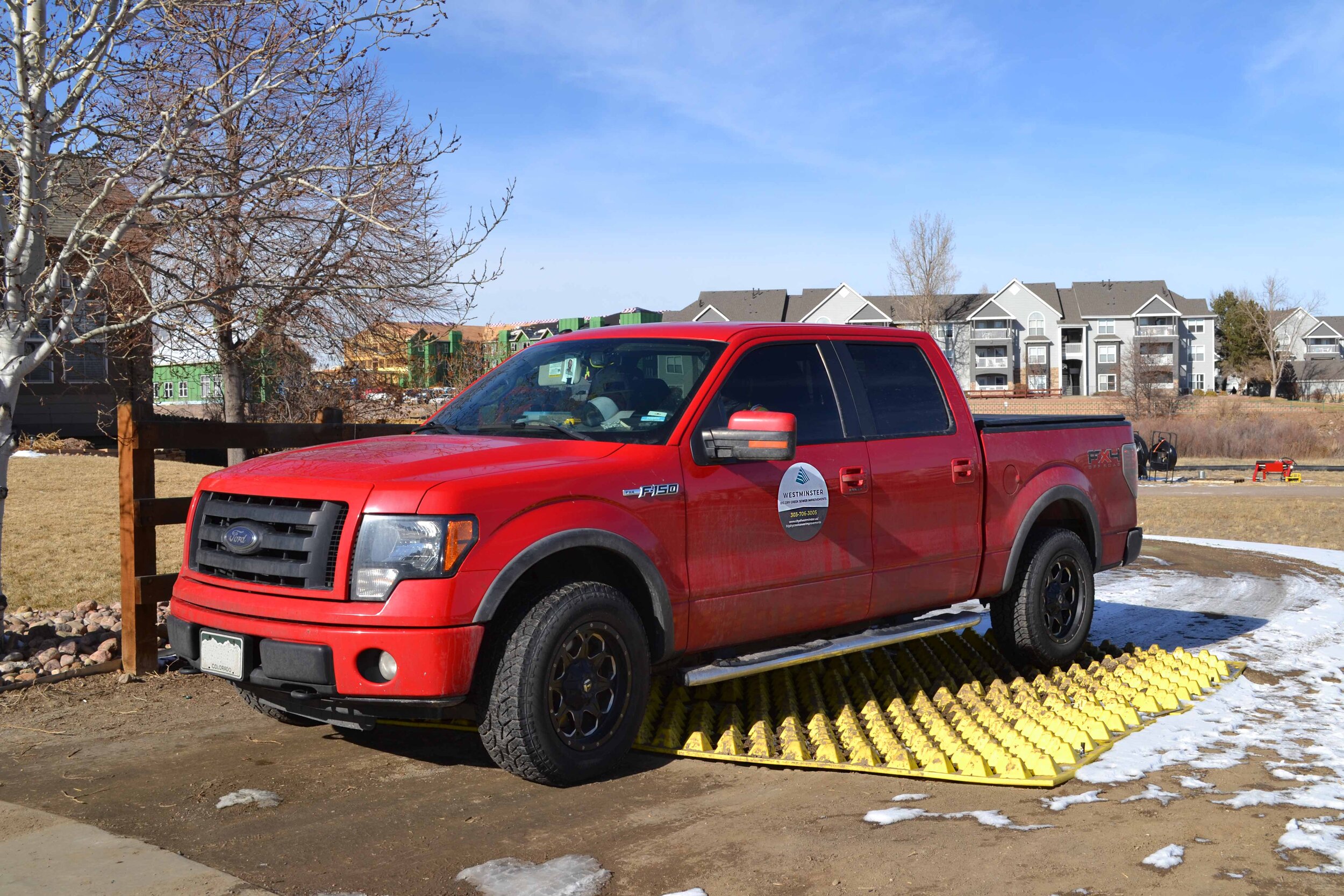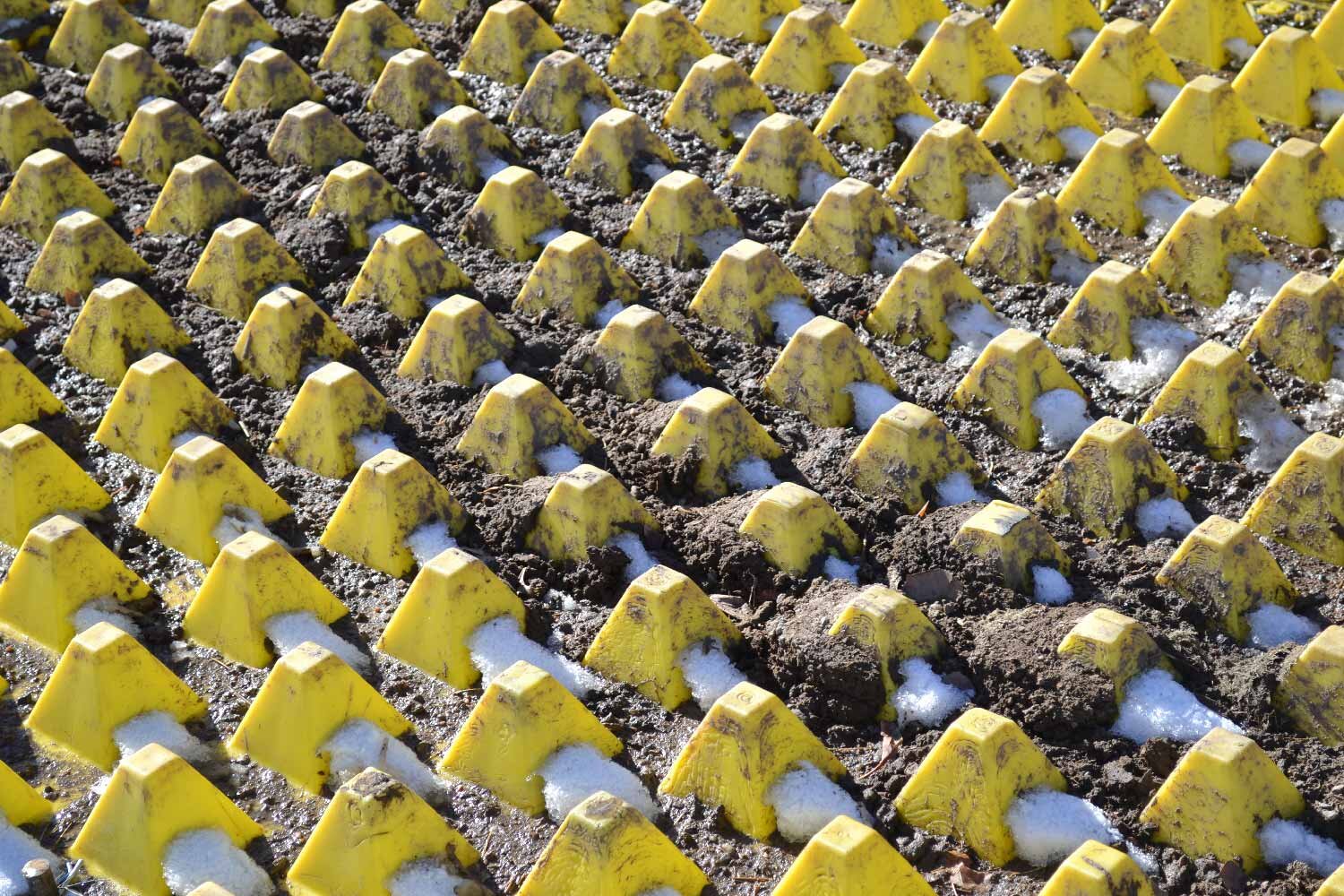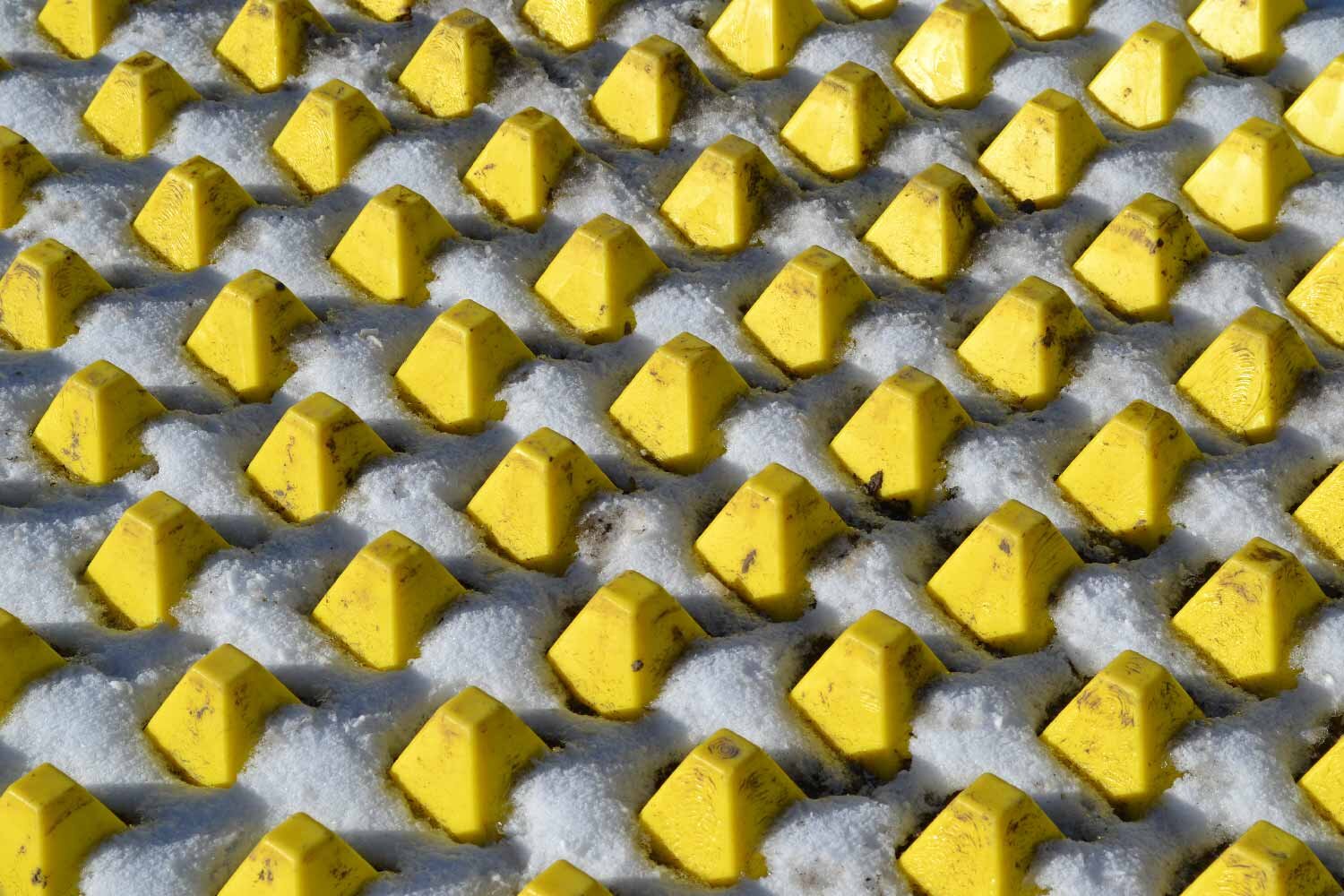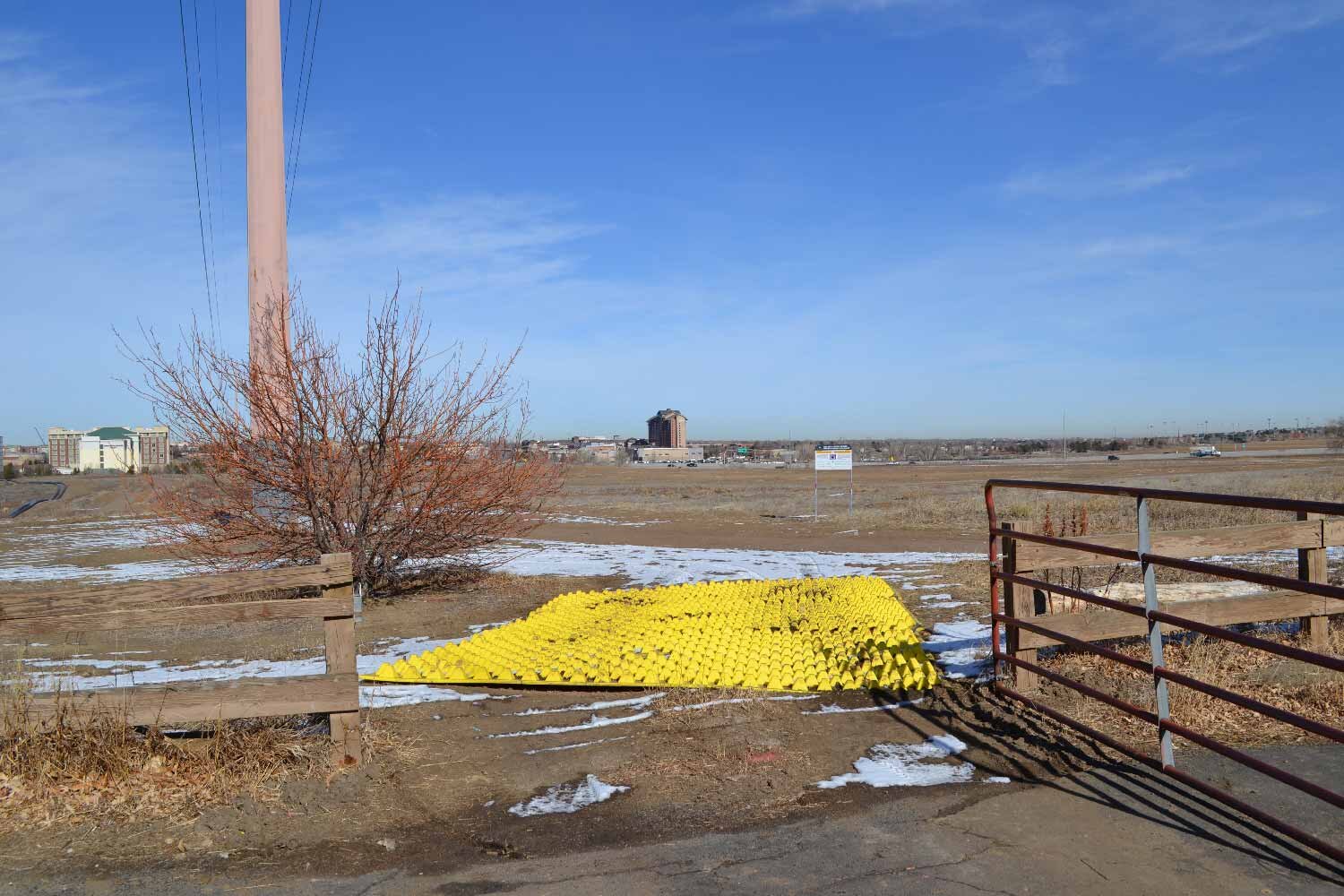Big Dry Creek Sewer Improvements Project
Big Dry Creek Sewer Improvement Project
Map of Big Dry Creek Sewer Improvement Project in Westminster.
Located in the northern suburbs of Denver Metropolitan Area, the City of Westminster established a wastewater system that encompasses 29.8 square miles and contains both the Little Dry Creek and Big Dry Creek sewer basins. Originally built in the 1970s, Big Dry Creek Interceptor Sewer (BDCIS) continues to provide service to the city’s 112,000 residents. In 2018, the sewer system met capacity resulting in the city council’s year long moratorium on new development feeding into it.
Because sanitary sewage overflow can cause environmental problems that have major impacts on public health and safety, a series of comprehensive studies were conducted to understand the needs of the community that would be affected by the sewer system reaching capacity. A series of comprehensive studies conducted in 2012, again in 2015 and later updated in 2018, informed projections of future flow condition loading and water consumption. The data was used to determine that the city of Westminster would need to proceed with major renovations and improvements to increase capacity of the various pipelines throughout the city.
The $32 million dollar improvement project would take place on 14 miles of the Big Dry Creek Interceptor Sewer (BDCIS). The improvements were grouped into eleven project areas. The longest sections between 104th Avenue and Sheridan Boulevard were repaired to address low flow capacity where the tributary interceptors met the main BDCIS line. This segment of the BDCIS currently consists of single a 6,190 foot single 30-inch diameter pipeline. A new 30-inch pipe with a cured-in-pace liner will be installed alongside the existing 30-inch interceptor to increase capacity. The project, with expected completion in 2022, will result in safer sewer services and reduced risk of overflow. These improvements will provide a resilient infrastructure which will be ready for additional capacity from future developments.
Stormwater BMPs and Surface water quality
To protect the water sources, the design engineers carefully crafted a Stormwater Management Plan during the planning and permitting stages of the project. This Stormwater Management Plan (SMP) is a document that is submitted with the NPDES stormwater permit applications which outlines pollution sources and specifies which mitigation techniques will be used to address each potential source of pollution. Best management practices (BMPs) and engineering controls are implemented during construction to avoid and minimize erosion, sedimentation, and pollution impacts on water resources and minimize impact and contamination to prairie areas. By using these techniques the construction operation protect the 17 stream segments (Big Dry Creek and its tributaries), perennial streams, and 22 wetlands that are within boundaries of the planned work.
The paved roadways and other impervious surfaces throughout the Big Dry Creek Sewer Service Area pose a challenge for construction operations. The excavation of pipes and associated increased construction traffic on temporary access roads can result in excessive sedimentation if debris and mud is tracked onto impermeable roadways where it can be washed into stormdrains. These sediment laden waters contain soil, debris, and PM10 particles and can reduce the oxygen available to fish and other aquatic life. The Vehicle Tracking Pad BMP is used to minimize the tracking of sediment onto paved roadways and is required for each phase of the project. Ensuring effective sediment tracking controls are in place is a critical step in protecting the surface water quality during the construction project.
Various techniques can be used to reduce sediment tracking including stone tracking pads, wheel wash stations, and pre-fabricated vehicle tracking pad BMPs. Traditionally, stone tracking pads have been used which consist of a 6” thick layer of rock which is installed at the entrance of the project. This technique requires frequent refreshing as the rock becomes saturated with mud, and the rock must be removed at the end of the project. Because the scope of work would involve multiple stages and locations, the city opted for a portable system which could be reused throughout each phase of the job.
FODS Vehicle Tracking Pad System
Throughout the project, the City of Westminster implemented a modern, reusable Vehicle Tracking Control BMP to contain debris within the construction sites. The FODS Construction Entrance System is designed to prevent tracking of sediment, debris, and PM10 particulates onto impermeable roadways where they can wash into storm drains. The FODS system can be easily relocated and the same system was reused on multiple phases during this project helping to reduce costs compared to traditional techniques. Because the system does not use rock, the system does not require transportation and removal of aggregate for each phase which reduces remediation work and enables quick deployment. The system is ideal for phased projects where the mats can be reused again and again.
FODS Trackout Control Mats is a highly effective solution for job site trackout. The mats contain rows of alternating pyramids that pry open tire tread causing mud, foreign matter, and debris to collect into the base of the mat before vehicles exiting or entering a construction site. The mats have been demonstrated to reduce the need for street sweeping compared to traditional stone entrances at preventing trackout and fugitive dust, which can increase compliance with NPDES stormwater permit regulations.
Site Access Mats used for vehicles and pedestrians
FODS Ground Protection Mats used as as a long term solution for vehicle and pedestrian access over golf course greens. HDPE material does not degrade in wet conditions and can be reused for 10+ years.
Plywood can used as temporary access solution, but requires frequent repair. Rain events in particular can reduce the life span of this temporary solution.
Parts of the sewer system also run below the Ranch Country Club, a 150 acre golf course, and construction vehicles need to access these pipes by driving across the greens. During the project, some areas became saturated and unstable. A common temporary solution is to use plywood sheets to distribute the weight of vehicles and pedestrians and create an access road. One disadvantage is that plywood is weakened after absorbing water resulting in breaking, which results in the need for frequent replacements and maintenance. A water resistant alternative was needed as a long term solution.
FODS Ground Protection Mats were used on the Ranch Country Club to provide a temporary access road preventing vehicles from sinking into the course. The HDPE mats do not absorb water and can be used in any weather conditions. This cost effective way to build temporary access roads requires little maintenance and can be used to provide access to vehicles, equipment, skid steers, and foot traffic. The mats are durable and can be used on multiple projects over the 10+ year lifespan of the product.
ABOUT FODS, LLC.
Based in Englewood Colorado, FODS Trackout Control System replace ineffective and costly traditional rock stabilized construction entrances, saving you time and money. Our proprietary mat design works to effectively remove debris from your vehicle tires without damaging the tire or the ground’s surface. We provide the only durable, reusable, and environmentally friendly trackout control system currently available on the market. FODS Reusable Construction Entrances are 100% Made In the USA and 100% recyclable.
To find out more information on how we can help your project stay on schedule and in compliance contact 844-200-3637 or email us at info@getfods.com.


